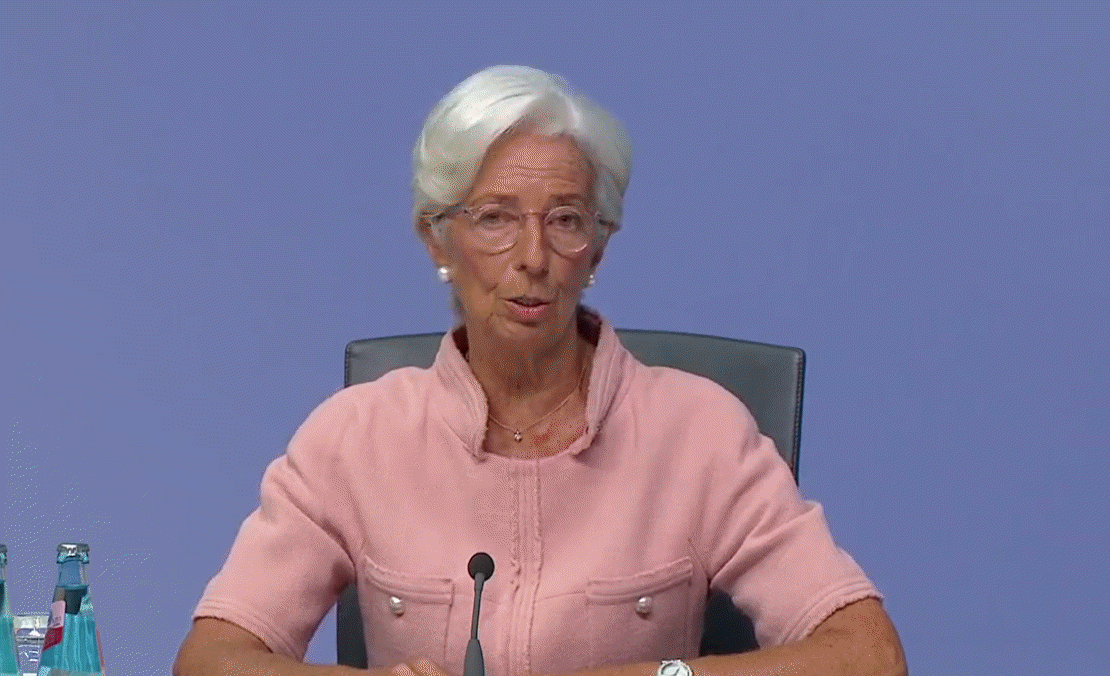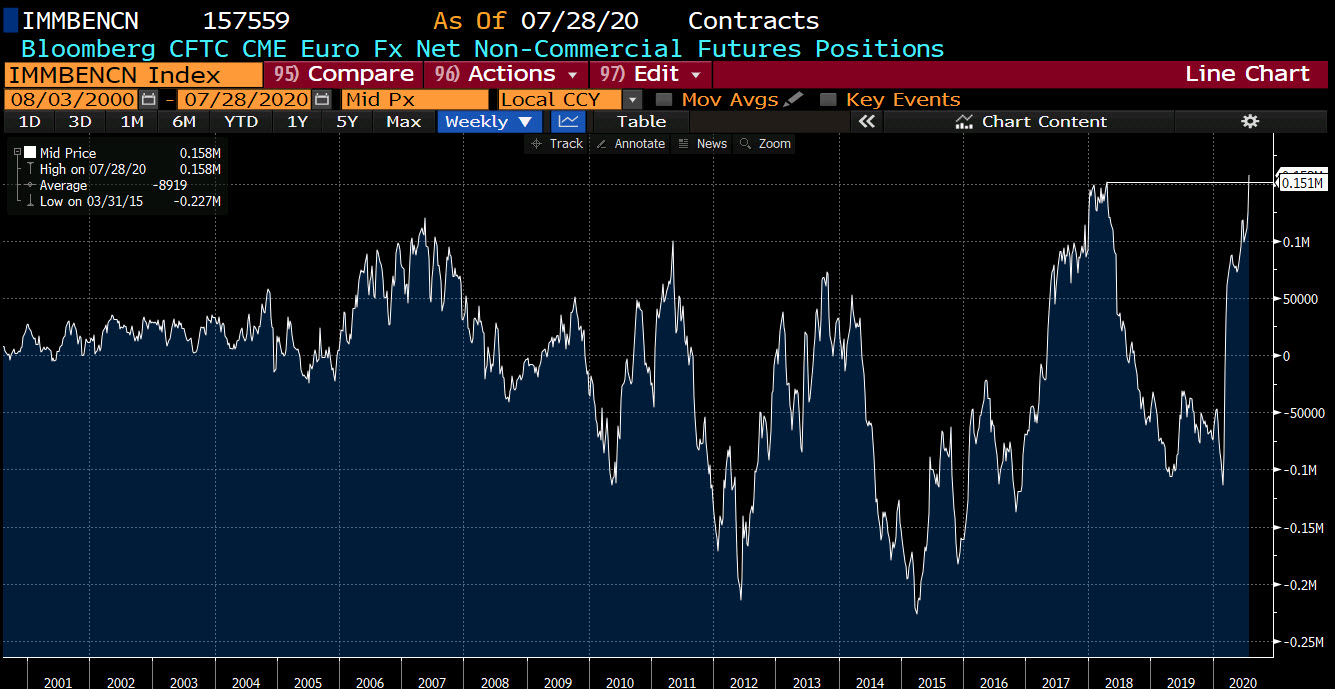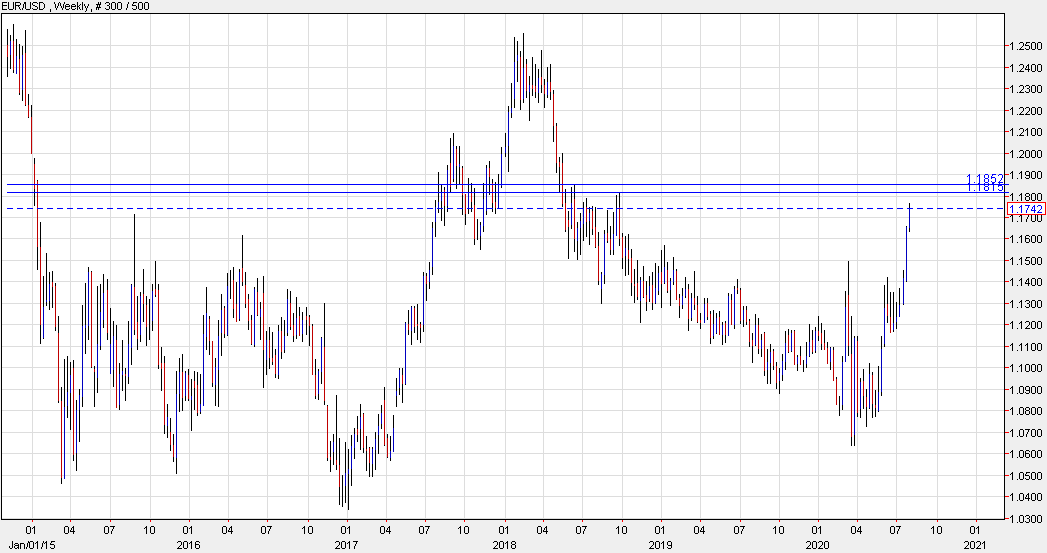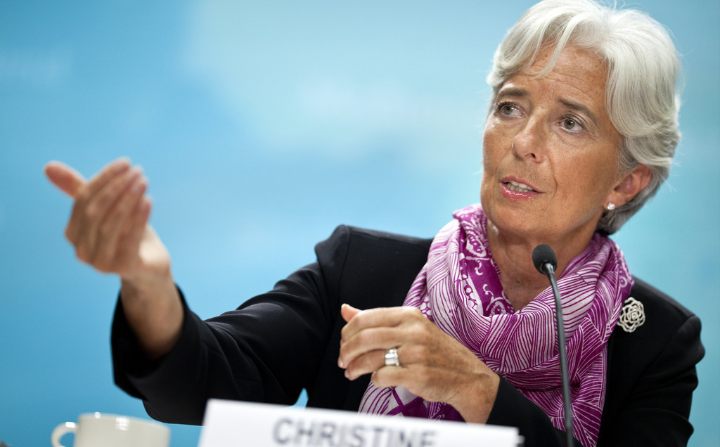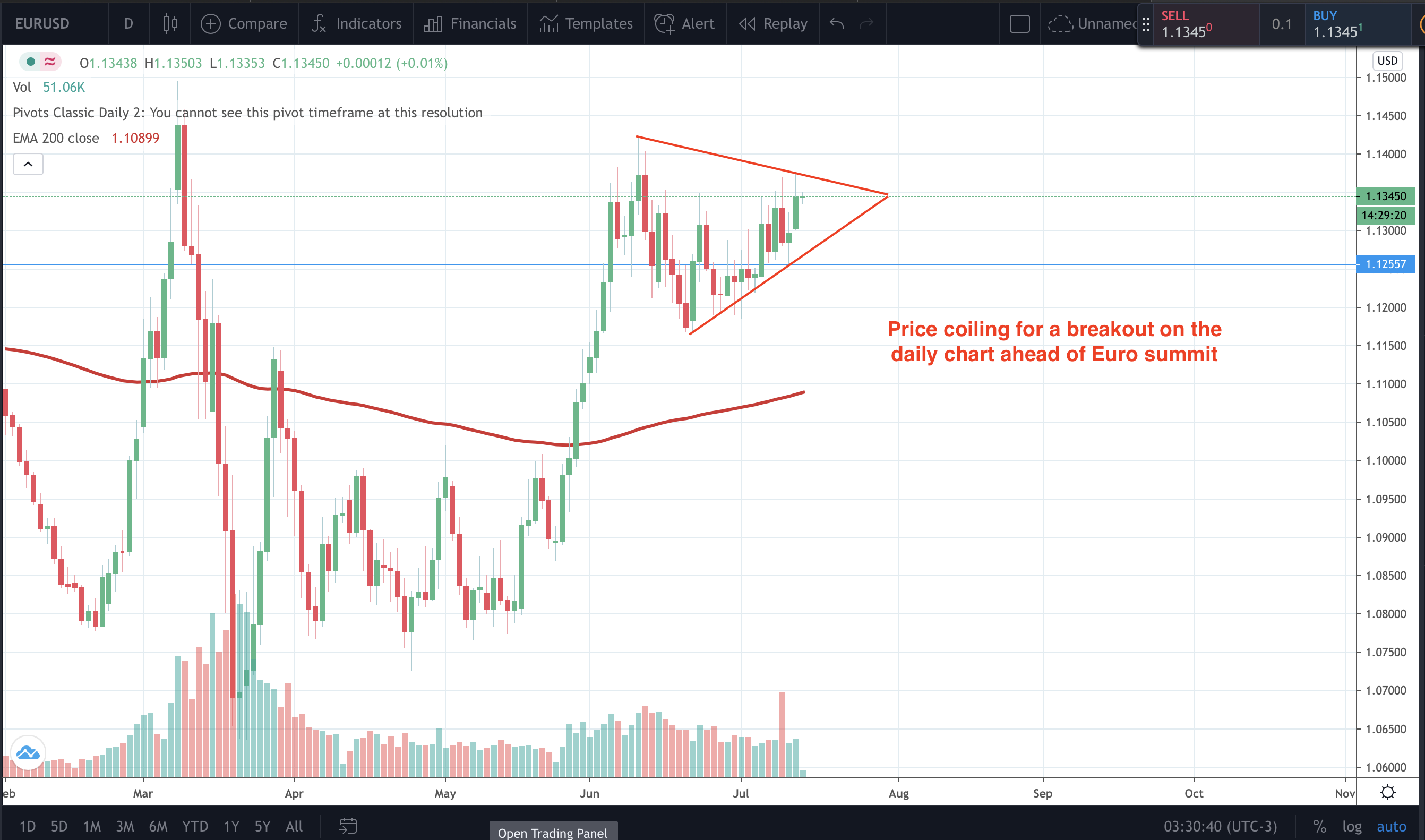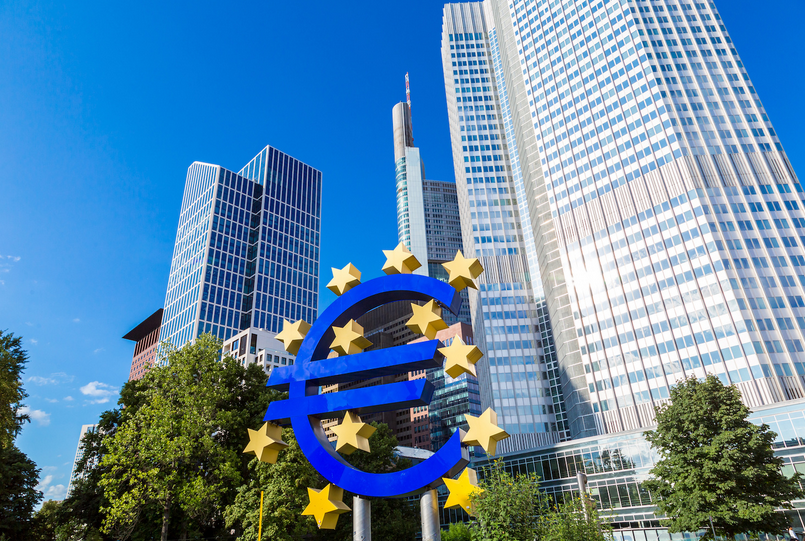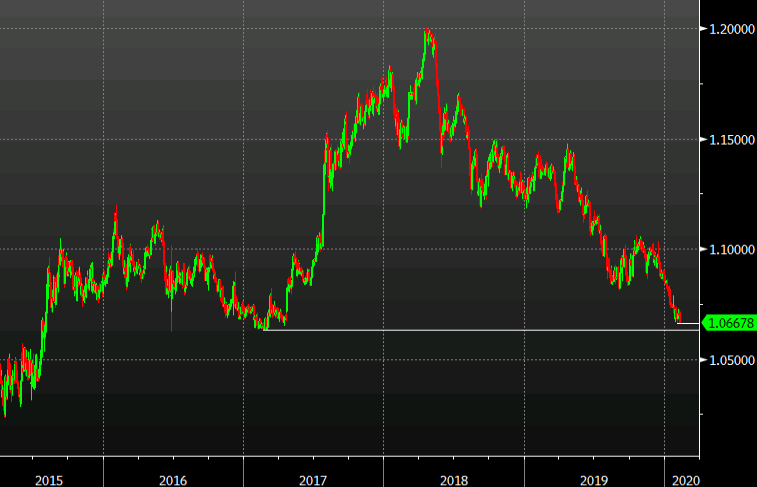European indices move lower today
The major European indices have closed lower today.
- The Euro Stoxx index fell for the first time in 11 trading sessions (10 higher closes).
- The German Dax came off of a record levels.
- The France’s CAC could not reach its all-time high from 2000
- German DAX, -0.5%
- France’s CAC, -0.9%
- UK’s FTSE 100, -1.0%
- Spain’s Ibex, -0.83%
- Italy’s FTSE MIB, -0.85%
- Spot gold plus $5.50 or 0.32% at $1784.85.
- Spot silver is up for cents or 0.21% $23.75
- WTI crude oil futures are down $0.35 or -0.49% at $67.60
- bitcoin is trading down $773 at $46,248. The digital currency traded above $48,000 today
- Dow is down -79 points or -0.22% at 35436
- S&P index is down -16.29 points or -0.36% at 4451.53
- NASDAQ is down 125 points -0.85% 14697.65

